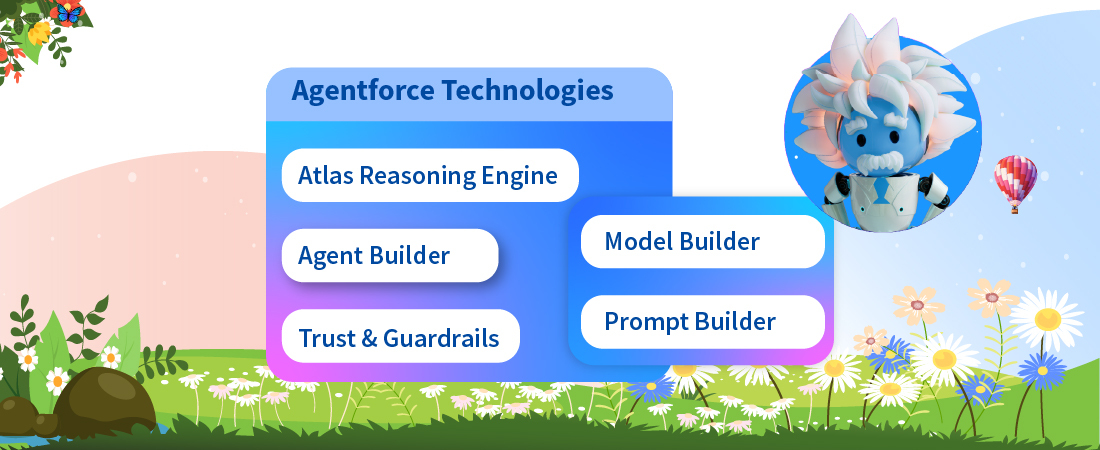The acquisition of Mulesoft
The primary crowd-puller that seemed to draw Salesforce to a complete acquisition in 2018 was its far-reaching business agility. This was achieved largely through a centralized connectivity platform for API integrations to communicate over any premise.
Magic Quadrant anyone?
So far, Mulesoft has featured in Magic Quadrants as a leader in both Full Life Cycle API Management, as well as among Enterprise Integration Platforms as a Service (iPaaS).
Who Mulesoft is for.
Traditionally, it’s known for fast, brownfield API integrations for legacy applications and flows used in larger public corporations, government, service providers, or conglomerates.
It creates an application network to connect and pull data from multiple applications and handling data exposure, as is so often the case with modern operations like billing and service handovers to third-party vendors and service partners.
In all, Mulesoft strings together fragmented experiences through integrations for modern, connected experiences. This helps larger enterprises compete with more nimble players. Otherwise, this would be a very long drawn integration process that could erode competing advantages entirely by the time it reaches a customer-base.
Use-cases: What businesses generally care about.
Generally, usage ranges from repurposing large volumes of aged data to UI based transformations.
Aside from this, it offers flexibility to refactor easily for newer services, through rich, standardized API interactions. This helps accelerate lead time by eliminating operations needed to expand to newer selling and communication mediums.
It’s what could make or break project decisions with swelling integration costs and smaller IT budgets.
A few advantages to consider
- The platform supports build systems like Maven and Jenkins for enterprises to flesh out integration testing as part of modern Continuous Integration cycles.
- Saves you from writing custom Apex code and testing for scenarios like event-driven architecture.
- A managed integration-layer between Salesforce and third-party systems to help accidental admins steer clear with no-code environments.
- Companies can also reuse pre-tested data and security models.
Product Suite
- Bespoke legacy API capabilities of the Anypoint Platform
The Anypoint platform, specifically, is what development teams turn to for more device and channel coverage. Presumably, this keeps developer-effort and TAT low, while ensuring experiences are consistent and unified.
Even more, building blocks created at this stage lend themselves as dependencies on which to build newer applications.
Pretty much the star of the show, it mainly orchestrates entire lifecycles to help in-house development teams deliver on coherent client experiences by-design in dramatically reduces timescales.
- Mule
This is a lighter, cross-premise runtime environment to let you run API deployments and microservices from anywhere. It even supports an assortment of popular Iaas services to choose from, driving increased data control and mobility.
Anypoint Design Center
- API Designer
This helps developers to build on API specifications in a markup language called RAML.
- Flow Designer
The Flow Designer brings IT teams Logic flow creation and data transformation created through an interface instead of code for lesser time-to-API.
Anypoint Exchange
Lastly, the Anypoint Exchange is a forum to share and access assets like pre-built connectors and templates built by community members that often encounter similar applications. Likewise, this further drives down time-to-market






